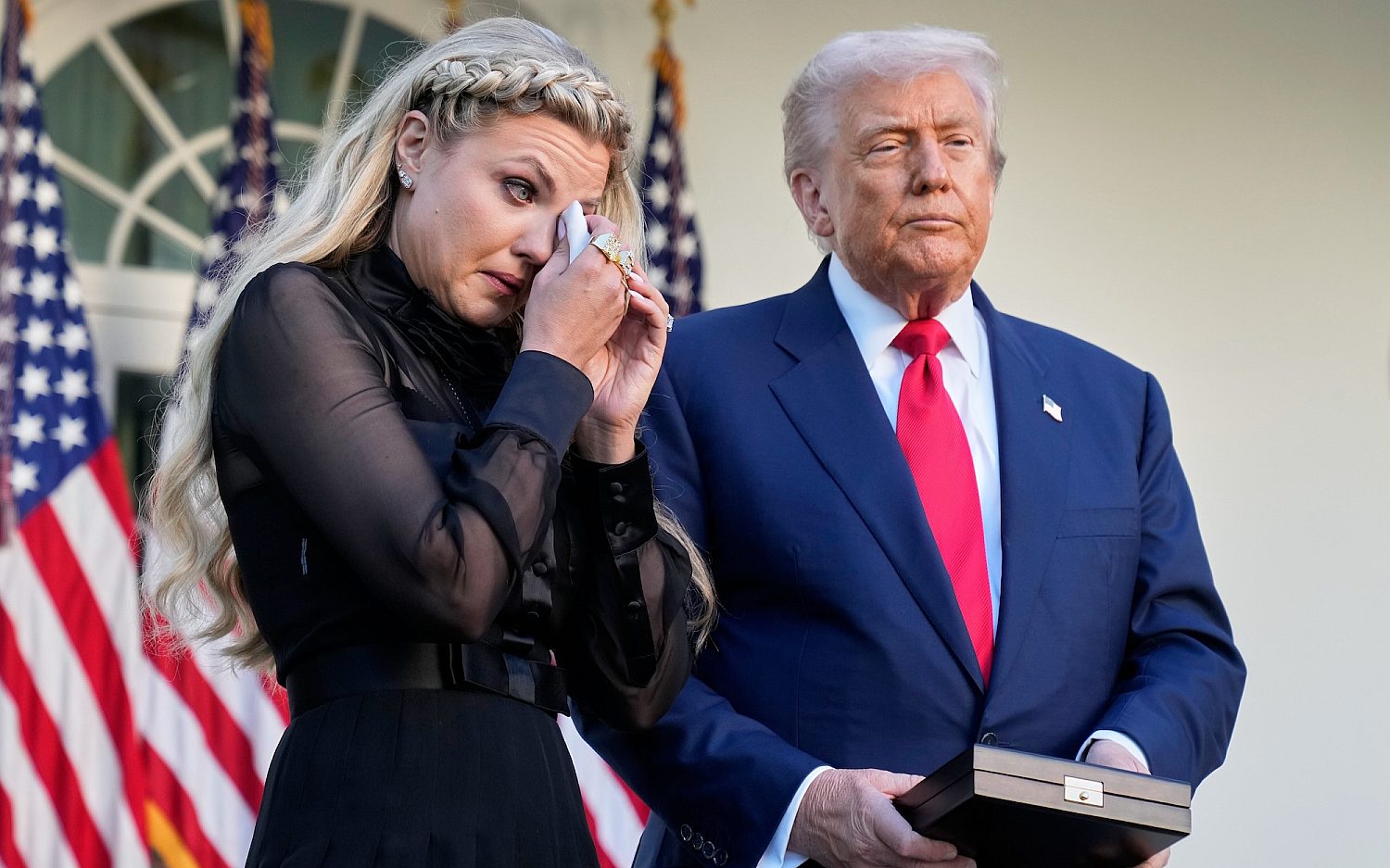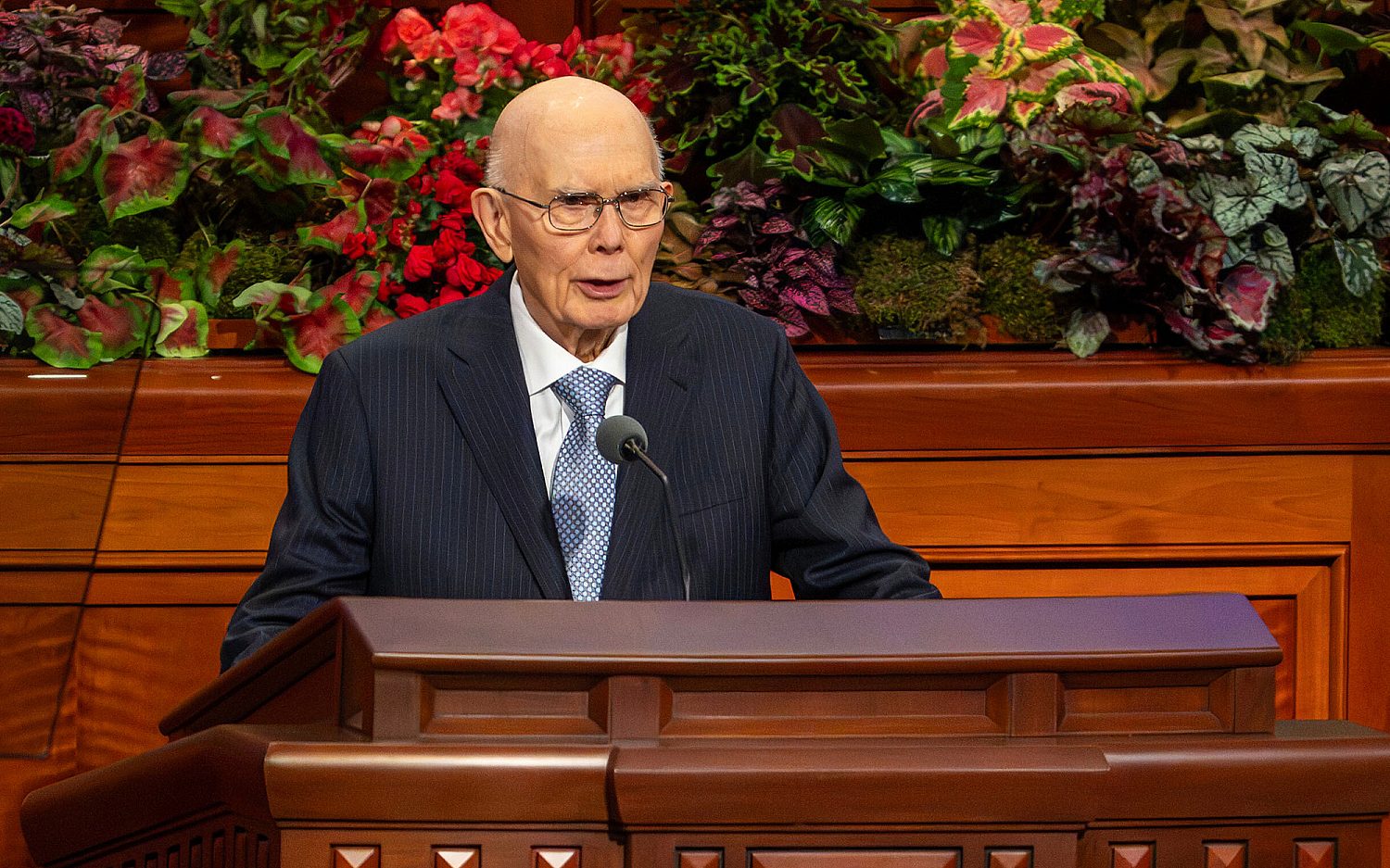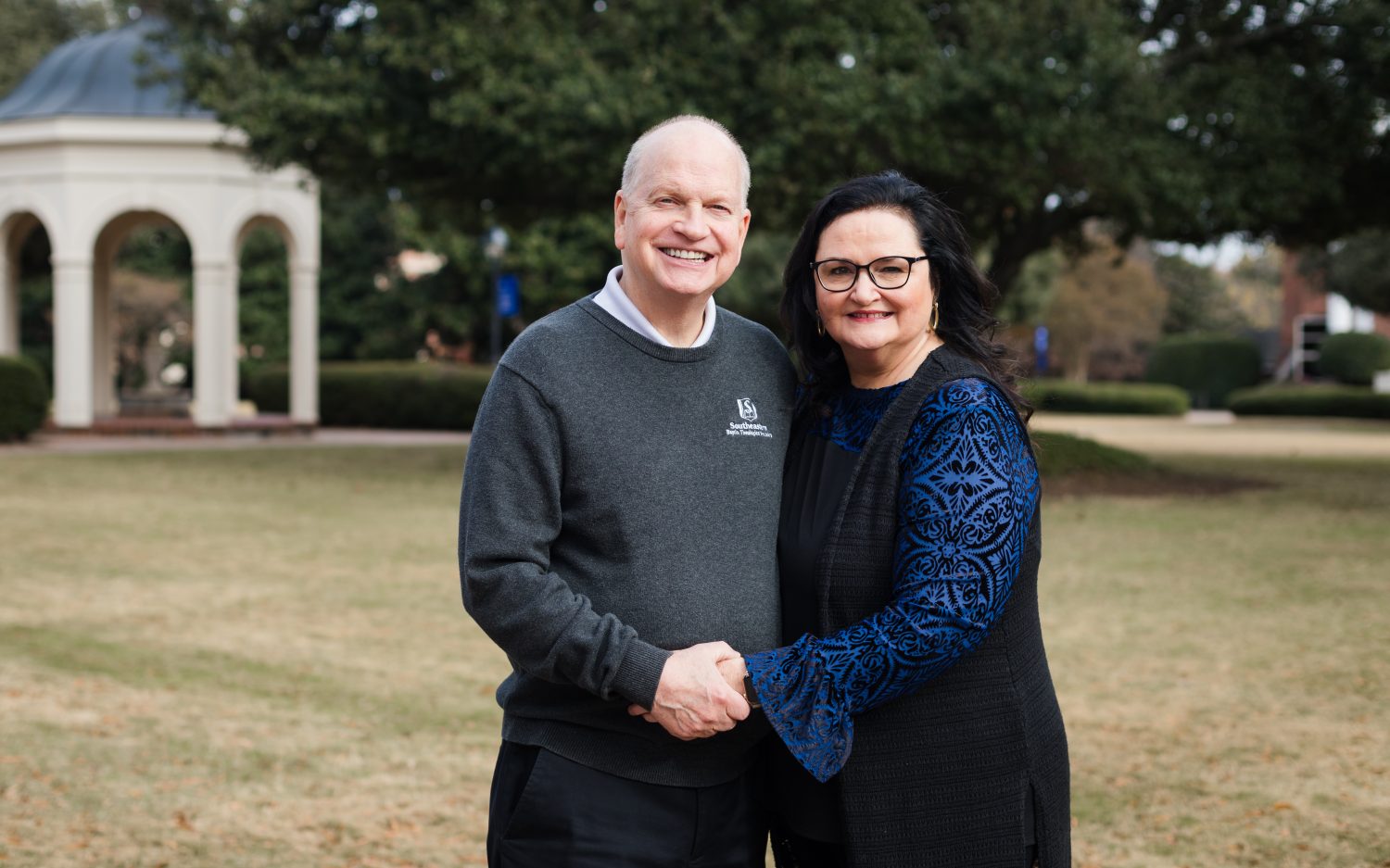Feeding the hungry
In the aftermath of Superstorm Sandy, local churches do not forget those living in lower Manhattan’s housing projects
NEW YORK—This city’s recovery will be long, but in the first week after Superstorm Sandy when lower Manhattan didn’t have the very basics—food, water, power, or gas—local churches proved vital to helping one neighborhood survive.
Along the Lower East Side, 13,700 public housing residents were stuck in 12-story brick apartment buildings. Most of the housing projects, since they were along the East River, landed in the city’s designated mandatory evacuation zone. But many of the residents had nowhere else to go.
Sandy knocked out power, ending elevator service to the 12 floors in each building. The windowless hallways became inky black at night, and after dark residents said they would only walk around in large groups.
Residents gathered around fire hydrants outside with buckets they carried up endless flights of stairs, sometimes just to flush a toilet. Teenager Precious Anderson lives on the 12th floor of her building and her mom has asthma, so Precious had to carry everything up and down for her.
Shanell Adorno, 22, came across an elderly lady carrying water up the stairs. Adorno asked what floor she lived on. “She didn’t speak English,” said Adorno. “I’m like, ‘10? Let’s go!’” These stories repeat themselves among the families living at Jacob Riis, Lillian Wald, and Bernard Baruch public housing.
After the storm hit, everyone temporarily had food to eat. One woman cooked up all the food in her freezer and refrigerator, knowing it would spoil, and shared the food with her neighbors. But after a couple days, they got hungry. Grocery stores, bodegas, and restaurants in lower Manhattan were shuttered. Traffic lights were dark, the streets empty. Public transit wasn’t running. No one from the city came to distribute food as in other neighborhoods. No one from the National Guard came.
“I know other parts of the city got hit harder,” said Adorno. “But I do feel forgotten … it’s kind of like, ‘Hello!’”
The churches in the neighborhood remembered. Abounding Grace Ministries, a church beside the housing projects, had families running out of food. Trinity Grace Church East Village has a youth group of kids from the projects, kids who said their families were hungry. Guy Wasko, the Trinity Grace East Village’s pastor, drove to a grocery store in midtown Manhattan with other local pastors and stocked up on $500 worth of groceries for the families. But it was nowhere near enough for the needs springing up. After driving around the city picking up supplies, Wasko was running out of gas and he couldn’t find any in Manhattan. He tweeted that he needed gas and someone brought him 10 gallons—from Philadelphia.
On Wednesday, a number of church leaders launched a supply distribution center outside the projects, with news that Operation Blessing had a semi-truckload of supplies on the way. Wasko tweeted, “Anyone have access to a fork lift?” On Thursday morning the churches opened up the supply center for the community on a basketball court and began serving hot meals.
At least 10 churches came together to spearhead what the mayor’s office told the church leaders was the largest distribution center in the city. The city, showing up on the fourth day after the storm, told the churches essentially, “Carry on,” and made the basketball court an official distribution point.
“The city didn’t count on the churches having such a great role,” said Libaniel Urbina from The Salvation Army, whom the city appointed as the distribution center’s official supervisor. “I’m appointed by the city. I’m supposed to be supervising … but everybody’s doing it already.”
“The National Guard, the mayor’s office is coming to us. ‘Let us help you,’” said Wasko. “We didn’t plan that.”
The city sent police officers to keep order in lines. National Guardsmen brought Meals Ready to Eat (MREs). Then the city gave the churches master lists of people living in the projects so volunteers could check on everyone and make sure those who couldn’t leave their apartments had supplies.
Outside the projects on Friday after the storm, hundreds stood in line waiting for hot meals at Mercy Chefs trucks, which were serving plates of mashed potatoes, chicken, and corn. (The founder of Mercy Chefs, Gary LeBlanc, is a native of New Orleans with plenty of both culinary and hurricane experience.) Mercy Chefs said it was feeding hot meals to between 4,000 and 8,000 people every day in the week after the storm hit. Every day they churned through all their supplies.
At least 800 Lower East Side residents stood in another line for basic supplies, bundled as the temperature dropped in the afternoon. The supply line stretched diagonally across the basketball court, with tables full of blankets, groceries, toiletries, batteries, and cleaning supplies. Behind the tables a forklift zipped around dropping off pallets of new supplies, and lines of volunteers formed to unload boxes from semis. Operation Blessing had brought the semis of food and water and simply asked the city pastors where the needs were.
Several people I interviewed in line thought the people serving them food were from the Federal Emergency Management Agency. The church volunteers didn’t advertise themselves. But many people knew who had remembered them. When the power came back on late on Friday, hundreds of people wrote a thank you note to the churches on a big piece of cardboard.
John Black from Forefront Church lives in the neighborhood—but not in the projects. The only time Black has been to the projects has been running through them to get to the waterfront for a jog. “I’m embarrassed,” he said. “The need exists whether or not there’s a hurricane. Hopefully this is an eye opener.”
The need continued even after the city restored power. Some of the pastors were concerned that the city might delay on cleanup in the projects, allow mold to grow in flooded buildings, then condemn the buildings so it could move those populations away from a part of town that has been growing wealthier and wealthier.
At the end of the week New York Mayor Michael Bloomberg and New York Gov. Andrew Cuomo said Sandy rendered many public housing complexes temporarily uninhabitable. They said about 40,000 residents might have to be relocated, especially as winter sets in.
“This is going to be a massive, massive housing problem,” Cuomo said. “You are going to need a number of options for a number of situations, short-term and long-term.”
“We’re here for the long haul,” said Wasko. “This is going to take a long time for people to recover.”
Want to help?
Trinity Grace Church’s Sandy fund goes directly toward the relief efforts described in the article above. To give, visit the church’s website.
Hope for New York’s Sandy fund distributes support to local ministries in the city. To give, visit the organization’s website.
Donations can also be sent to The Salvation Army and The Bowery Mission to help them in their efforts to help those affected by Superstorm Sandy in lower Manhattan.
An actual newsletter worth subscribing to instead of just a collection of links. —Adam
Sign up to receive The Sift email newsletter each weekday morning for the latest headlines from WORLD’s breaking news team.





Please wait while we load the latest comments...
Comments
Please register, subscribe, or log in to comment on this article.